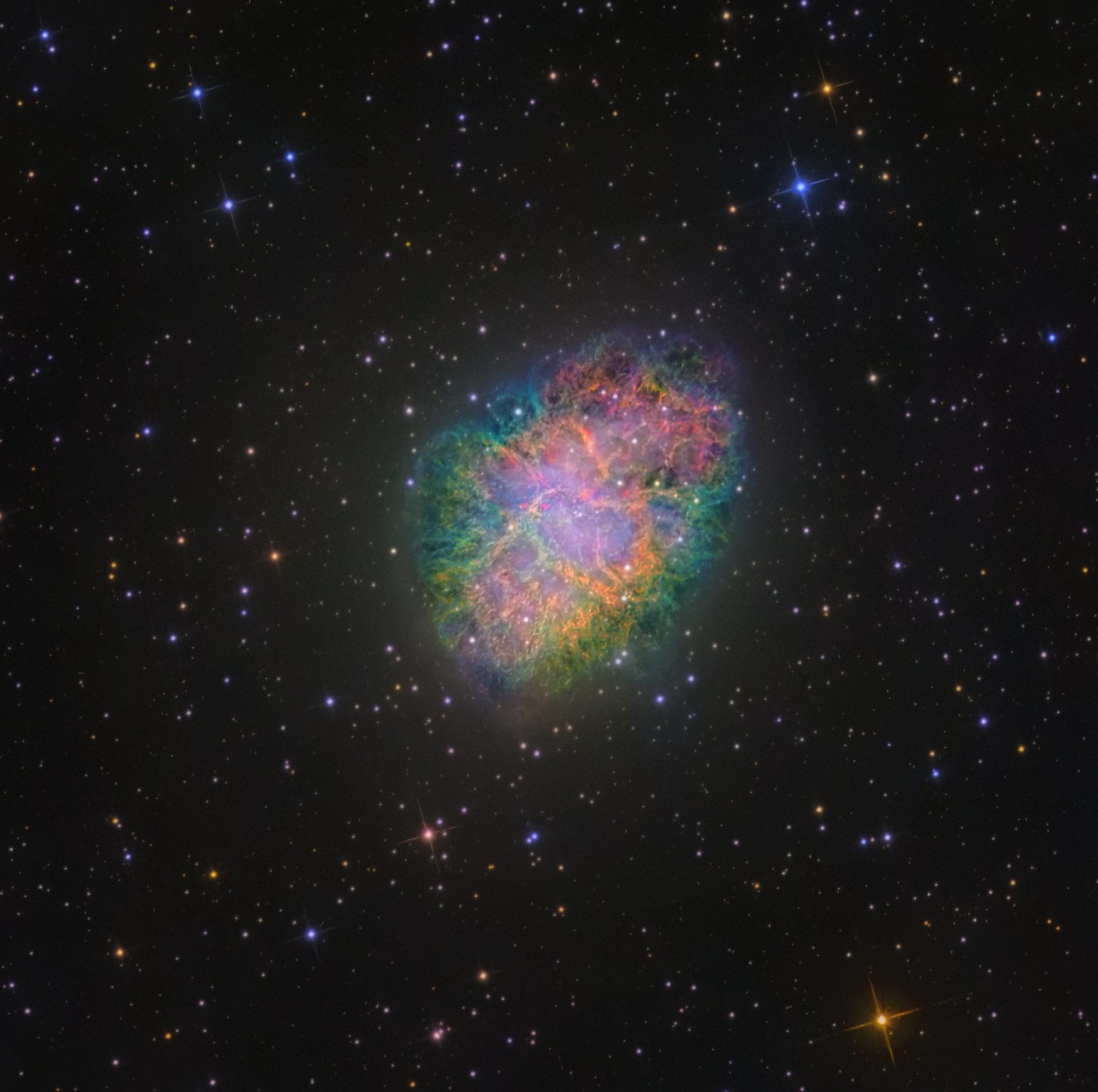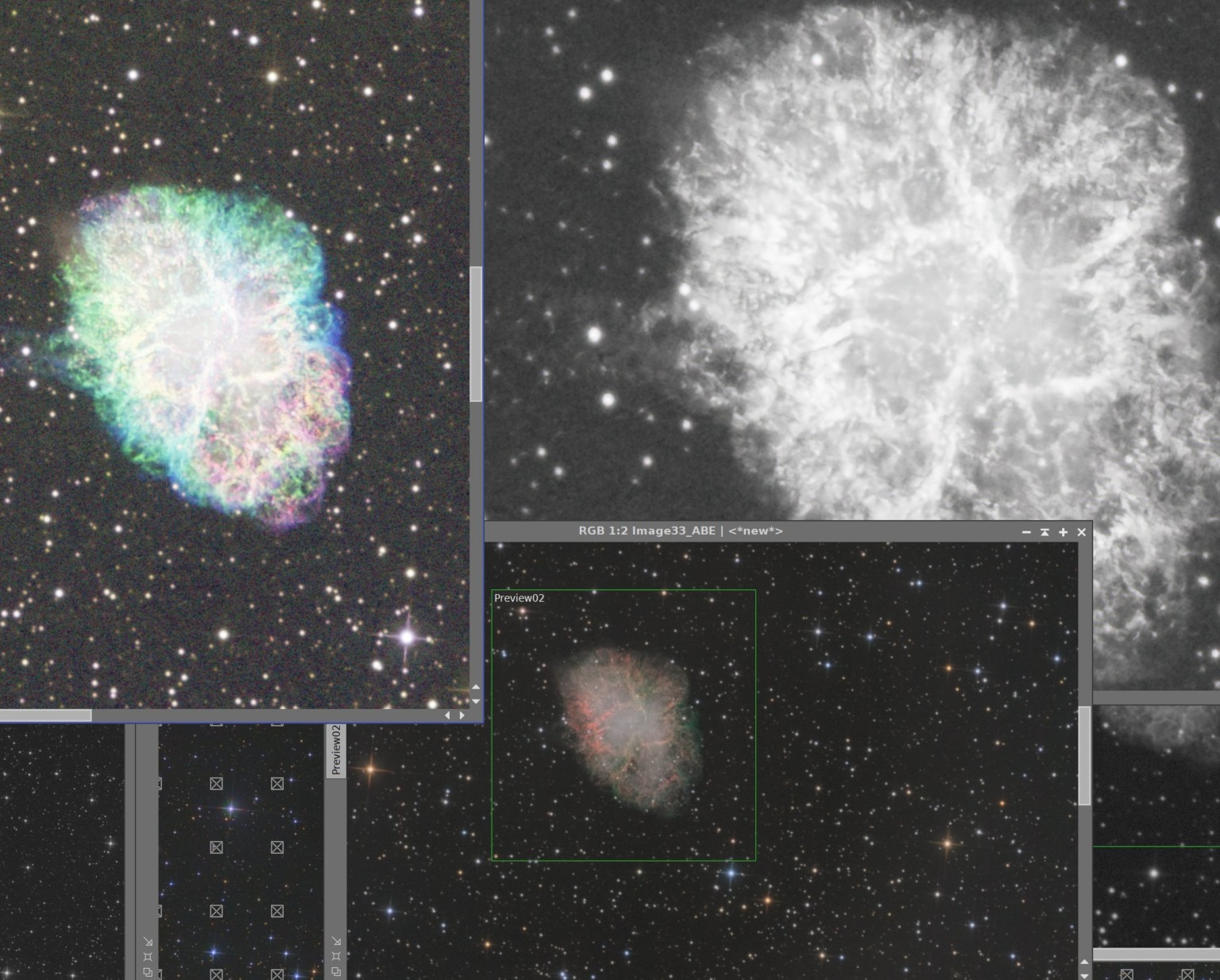An astrophotographer Andrew McCarthy photographed the Crab Nebula, which is the remnants of a supernova that exploded in the Middle Ages (in 1054 to be exact). By the scopes of the universe, this term is close to nothing. To get the picture, McCarthy used a 12-inch telescope and spent 40 hours photographing the Crab Nebula trough seven different filters.

Some users were surprised that McCarthy was able to get such an image from Earth with an ordinary amateur telescope. Although the trick is to use not only the telescope, but also image processing to get a picture that looks like it was taken by professional, expensive science equipment. For skeptics who doubted the authenticity of the photo, McCarthy offered to see the original photo in raw RAW format.

McCarthy is one of the world’s leading astrophotographers, consistently capturing some of the most incredible images of the universe. He began his space photography in 2017, when there was a total solar eclipse in the sky over the United States.
“Feeling inspired, I recalled fond memories from my childhood of looking through my dad’s telescope and seeing the planets in our solar system, and wondered if I could recreate that experience as an adul,” McCarthy explains on his website.
Since then, McCarthy has honed his photography and Photoshop skills, leaving his sales and marketing job to fully immerse himself in a full-time career as an astrophotographer. For example, he spent almost 2 years to complete one of his famous works: the Moon in 174 MP resolution.
Earlier, McCarthy took a spectacular photo of Mars rising over the Moon.

